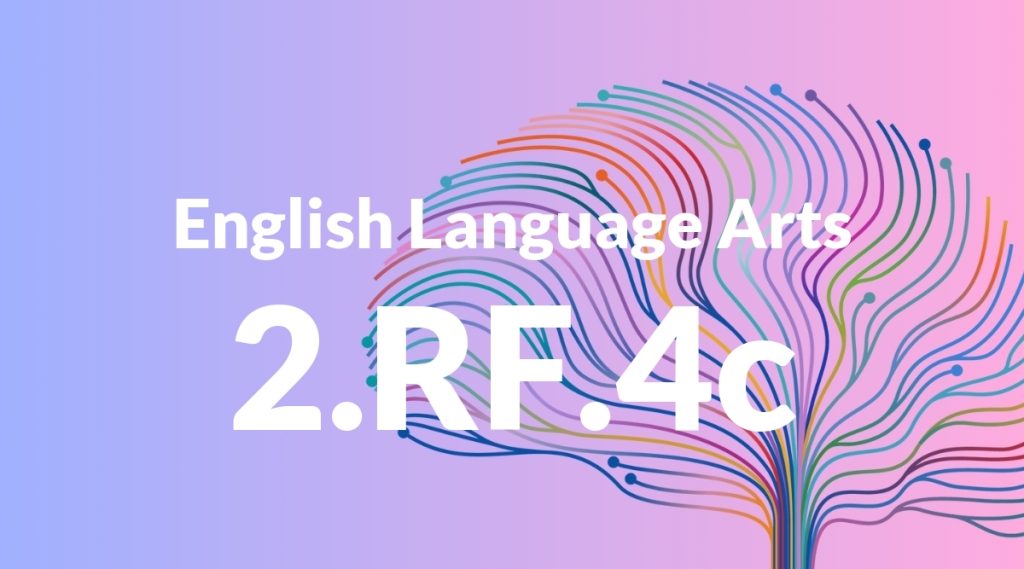Standard: 2.RF.4c – Use context to confirm or self-correct word recognition and understanding, rereading as necessary.
Grade level: Grade 2
Subject: English Language Arts
Domain: Reading: Foundational Skills
Teacher Overview
This standard emphasizes the importance of using context to confirm or self-correct word recognition and understanding. It is crucial for developing fluent and independent readers who can navigate texts with confidence. Students should be familiar with basic phonics, common sight words, and simple sentence structures. They should also have some experience with reading and understanding short texts.
After mastering this standard, students will be able to read more complex texts with greater fluency and comprehension. They will also improve their ability to infer meaning from context and become more independent readers.
Common Misconception 1
Some students may think they only need to look at pictures to understand words. This is incorrect because while pictures can provide clues, the surrounding text often gives more precise information about word meaning.
Intervention 1
Encourage students to use both pictures and surrounding text to confirm word meaning. Provide practice activities that require them to use context clues from the text.
Common Misconception 2
Another misconception is that rereading is only necessary when they do not understand something. However, rereading can also help confirm understanding and improve fluency.
Intervention 2
Teach students that rereading can be a useful strategy even when they think they understand. Use guided reading sessions to model this behavior.
Prerequisite Knowledge
Students should be familiar with basic phonics, common sight words, and simple sentence structures. They should also have some experience with reading and understanding short texts.
Subsequent Knowledge
Students will develop the ability to read more complex texts with greater fluency and comprehension. They will also improve their ability to infer meaning from context and become more independent readers.
Instructional Activities
- Read a short story and identify words using context clues.
- Practice rereading sentences to confirm word meanings.
- Use picture books to find clues about word meanings.
- Group activities where students help each other understand new words using context.




